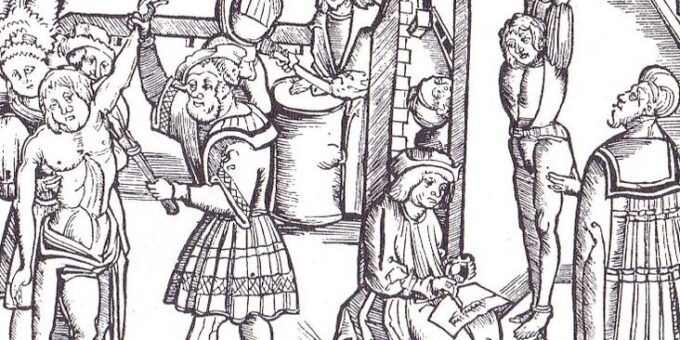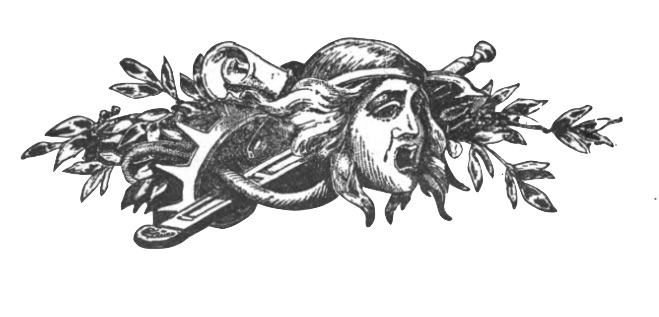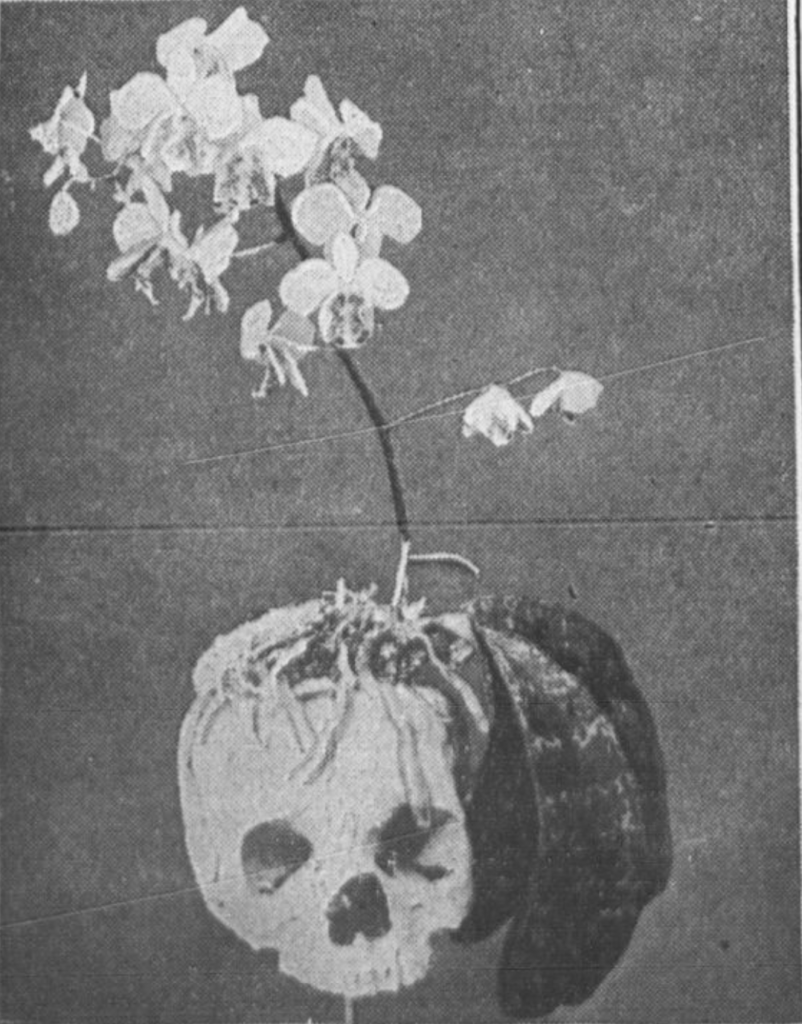
An Irish cure cure a toothache was to drink water from a human skull, but this use of the human skull as medicine is fairly tame.
It was far more common in times past to actually consume ground human skull or a tincture made from the skull powder.

Dr. Thomas Willis of England, 1621-1674, wrote the following cure for epilepsy that involved leeches and medicinal potion made of crushed human skull:
“A man in this neighborhood had all his children dead of convulsions within three months after they were born. At length, to prevent the same fate in a son of his that was new born, he thought proper to try the power of medicine. I was called to him a few days after the birth, and ordered an issue in the first place to be made in his neck and that two ounces of blood should be drawn next day at the neck by the application of leeches. I advised besides that for three days before each change of the moon, and agin before the full, about five grains of the following powder should be given him in the morning and evening in a spoonful of the julap:
“Take prepared human skull, the root of male peony, of each one drachm, pearls in powder, half a drachm. Mix them all together and make a very fine powder.
“Take a black cherry water three ounces, The antepileptick water of Langius, an ounce. Syrup of the flowers of male peony, six drachms.”
Crushed skull was also the main ingredient in a medicine known as King’s Drops. For this concoction, five pounds of crushed human skulls from young, healthy people who died violent deaths was used as the main active ingredient. The elixir made from the crushed skulls, along with other bogus ingredients, was given to King Charles II in 1685, while he was on his death bed.

Skull moss, or moss found growing on human skulls, was also used in medicine.
The moss was gathered and dried. It was then ground and used as a medicine. It could be snorted to stop nosebleeds and sprinkled over wounds to stop bleeding.
Sources:
1. Ancient Cures, Charms, and Usages of Ireland: Contributions to Irish Lore (London: Ward and Downey, 1890), by Lady Wilde.
2. The times. (Richmond, Va.), 30 Oct. 1898.
3. Mummies, Cannibals and Vampires: The History of Corpse Medicine from the Renaissance to the Victorians (2015), by Richard Sugg.

